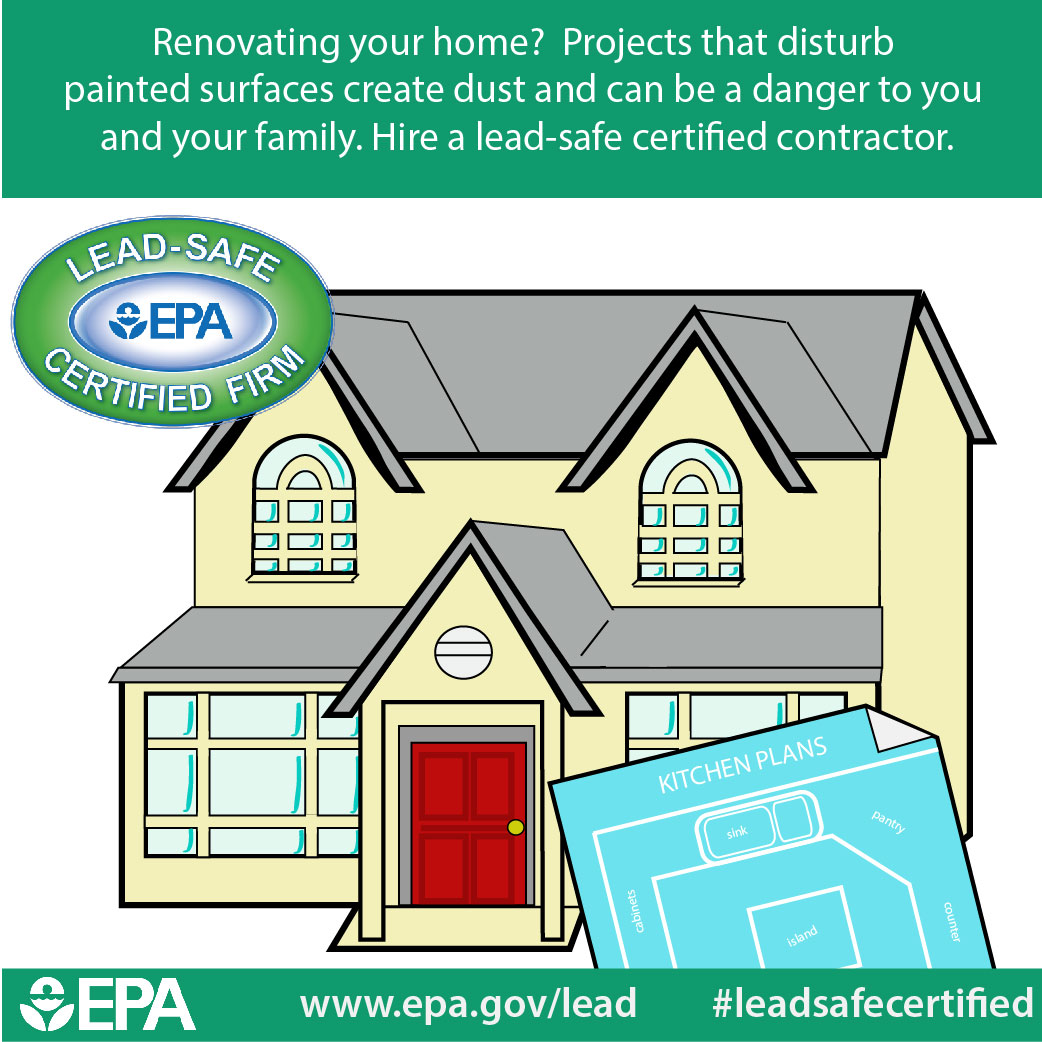Prepare Your Walls For Painting With Important Suggestions And Techniques That Promise A Remarkable Coating-- Find The Key Actions To Elevate Your Task
Prepare Your Walls For Painting With Important Suggestions And Techniques That Promise A Remarkable Coating-- Find The Key Actions To Elevate Your Task
Blog Article
Short Article Developed By-Daugherty Bland
When you're prepping your wall surfaces for paint, it's vital to follow a methodical procedure to guarantee a remarkable finish. Start by examining the wall for any kind of damage; this action can make or damage your task. Once you have actually recognized any kind of issues, cleaning the surface properly is important, as a dirty wall surface can impact paint bond. Afterwards, you'll require to patch any kind of blemishes and use a guide. However there specify visit the next page and pointers that can elevate your prep work game-- let's explore those more to accomplish the best results.
Assessing Wall Condition
Before you order your paintbrush, take a moment to evaluate your wall surfaces' problem. Check for any type of noticeable damage like cracks, holes, or peeling off paint. These imperfections can impact exactly how the paint sticks and looks as soon as it's dry. If you discover any substantial damage, you'll need to focus on repair services prior to diving right into paint.
Look carefully at the texture of your wall surfaces. Is the surface area smooth, or exists structure that might need unique factor to consider? https://www.womanandhome.com/homes/best-living-room-paint-colors/ require much less preparation, while textured surface areas may require more time to repaint uniformly.
Likewise, take into consideration the previous paint job. If the old paint is shiny, it mightn't allow brand-new paint to stick effectively. You'll need to know if your wall surfaces have been painted with oil-based or water-based paint, as this can impact your selection of guide or paint.
Ultimately, keep in mind of any kind of moisture problems. If you see indicators of water damage or mold, address these issues quickly to prevent more problems.
Cleansing the Surface area
Once you've examined the problem of your walls, the following step is cleansing the surface. Start by gathering your supplies: a container, warm water, a moderate detergent, a sponge or fabric, and a scrub brush for harder spots.
Begin at the top corner of the wall and function your way down. Mix the detergent with warm water in your pail, then dip the sponge or cloth right into the option. Wring it out to avoid too much wetness on the walls.
As you cleanse, pay close attention to areas that could've collected dirt, oil, or finger prints. For stubborn spots, make use of the scrub brush carefully to avoid harming the paint below. Rinse your sponge or cloth often in clean water to avoid spreading out dirt around.
After cleaning, it's essential to wipe the wall surfaces with a damp cloth to eliminate any kind of soap residue. This step guarantees a smooth surface for the new paint to adhere to.
Permit the walls to completely dry totally before going on to the next prep work actions. This detailed cleaning procedure will certainly assist create a fresh canvas for your paint project, making sure the very best results.
Patching and Priming
Patching and priming are essential steps in preparing your wall surfaces for a fresh layer of paint. Initially, examine your wall surfaces for any type of openings, fractures, or blemishes. Utilize a high-grade spackling compound or patching paste to fill up these areas.
Apply the substance with a putty blade, smoothing it out so it's flush with the bordering surface area. Allow it to completely dry completely, and afterwards sand it lightly up until it's smooth and even.
As soon as you've covered whatever, it's time to prime. Primer helps seal the covered areas, making certain the paint sticks effectively and provides an uniform surface. Select a guide suitable for your wall surface type and the paint you'll be utilizing.
Use the guide utilizing a roller for bigger areas and a brush for edges and edges. If your covered areas are dramatically huge or porous, you may want to apply a 2nd coat of guide after the first one dries out.
After priming, allowed every little thing completely dry thoroughly before going on to painting. This preparation will not just boost the appearance of your wall surfaces but likewise extend the life of your paint task.
Take your time, and you'll be pleased with the outcomes.
professional painters
By adhering to these easy steps, you can accomplish a smooth and specialist surface on your walls. Begin by evaluating their condition, then clean and patch any kind of imperfections before applying primer. Remember to allow appropriate drying out time and guarantee whatever is smooth before you study painting. With the right preparation, you'll set the stage for an attractive transformation in your room. Now, collect your products, inhale the fresh air, and prepare to repaint!
